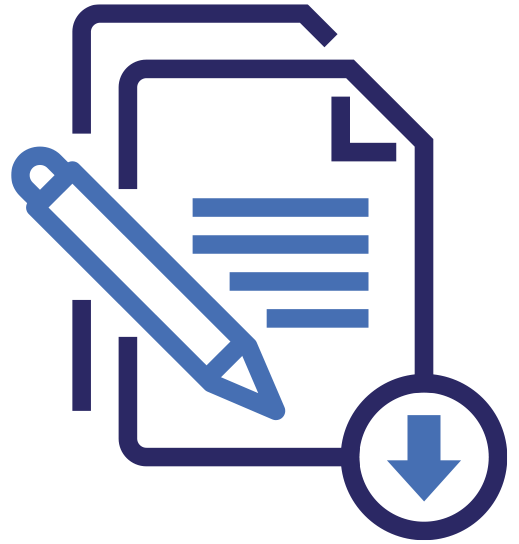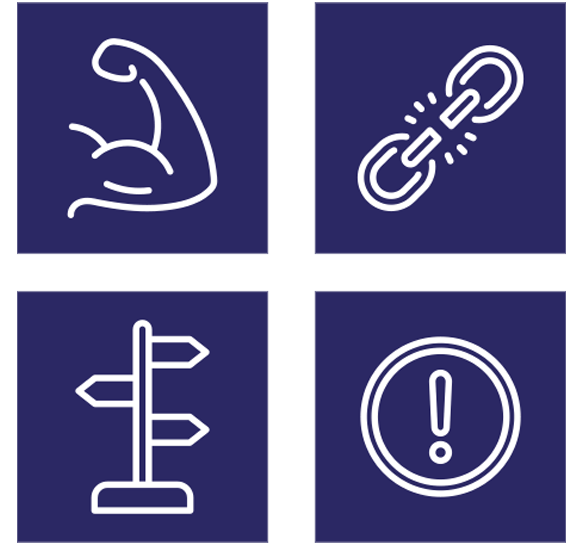Building a Strategy in Your State
Thinking at a systems level is an important step in creating change that results in improved health outcomes. The role of financing in the system of services for CYSHCN is complex, but gaining a deeper understanding of the roles of Title V and Medicaid in that system is essential. Here you will find guidance for how you can identify areas of alignment between your knowledge of the needs of CYSHCN in your state based on your Title V Needs Assessment.

Assessing Your Priority Needs
Breaking down the strengths and barriers you identified in your state Title V Block Grant needs assessment will help you determine priority needs for CYSHCN in your state. Use the worksheet to identify opportunities to apply the knowledge, skills, and insights you gained from the previous workbook chapters to priority needs for CYSHCN.
Take the needs that you identified from the needs assessment and use them to complete the table. The needs you list in this section may be “priority needs” that you used as the basis for writing State Action Plans or they may be needs you have not yet done strategic planning around. To inform your thinking, revisit questions in previous chapters that asked you to reflect on your roles and partnerships.
Also consider consulting with family partners within your Title V program or colleagues within your state’s Family to Family Health Information Center, Family-Voices chapter, or community-based organizations.
Assessing Your Capacity
Effective strategic planning includes understanding the assets your Title V program has, what assets you may be able to access by making a change or initiating a relationship, and the challenges your program faces. A SWOT analysis is a tool to assess the assets a team can draw on and challenges they may face when pursuing a new strategy or initiative. The acronym SWOT stands for Strengths, Weaknesses, Opportunities, and Threats. Use the worksheet to develop a SWOT analysis in your state.


SMART Goals
Specific
The objective describes the “who,” “what,” “when”, and “where.”
Measurable
The objective articulates “how much” change will be achieved. Select items that you have, or will have, the ability to actually measure.
Achievable
The objective is feasible to accomplish given program resources and other constraints.
Relevant
The objective will help move you toward the desired effect described in your overall goal.
Time-Bound
The objective includes a specific date by which you will accomplish it, and can be completed in a time frame that is appropriate to the identified need.
SMART Objectives
There are two types of objectives for SMART goals:
- Process objectives are the “ingredients” of a program. They describe the services, materials, activities, and/or strategies that you will deliver as part of your program, to whom, and over what time period.
- Outcome objectives describe what you will be making with your “ingredients” (the effect you expect from the activities described by your process objectives). Outcome objectives describe “how participants will change as a result of your intervention or services.” No matter what type of objective you have identified, it should be SMART.


Determine Goals and SMART Objectives
Determining your goals and objectives to reach your priority needs
will help you measure progress along the way. A goal describes the
effect you want your program or initiative to have. Objectives are the
“stepping stones” that will lead to that effect. When writing objectives,
ensure that they are specific, measurable, achievable, relevant and
time-bound (SMART). Use the worksheet to determine your
program’s SMART objectives.


